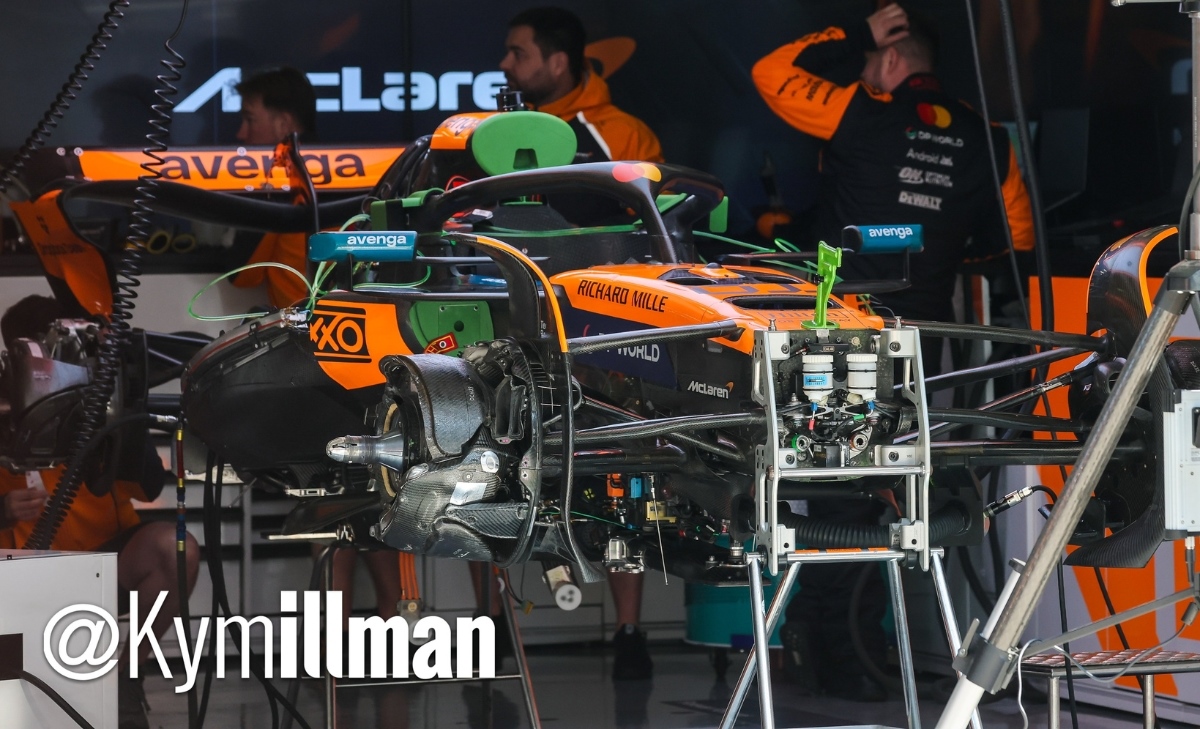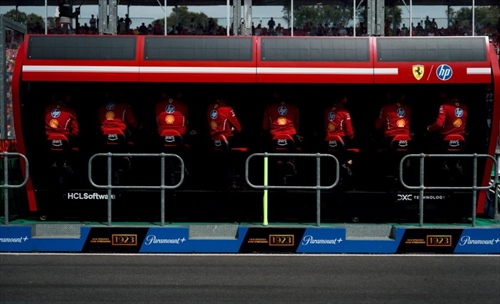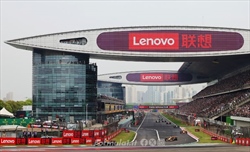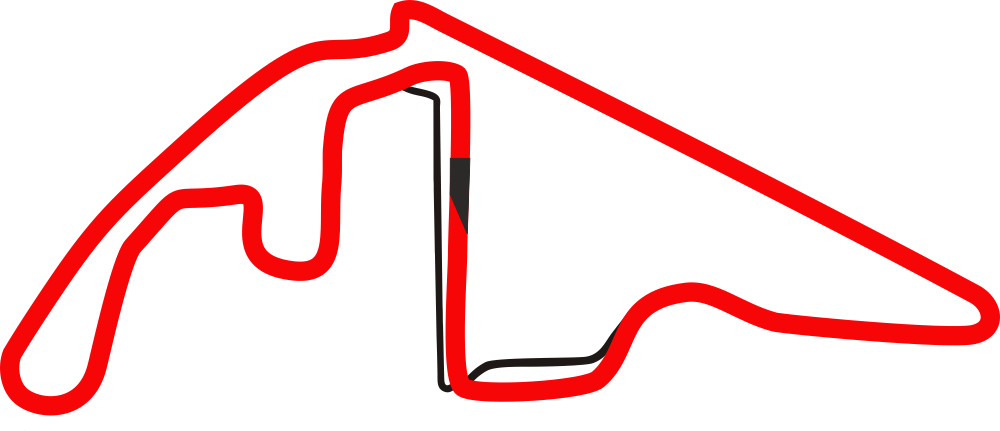The second round of the 2025 Formula One World Championship is just around the corner. After the Australian Grand Prix in Melbourne, teams and drivers are already in Shanghai to face the 18th Chinese Grand Prix, an event that promises to be full of pitfalls and novelties.
A renovated track and less time to adapt
One of the most intriguing aspects of this year's Chinese GP is the complete resurfacing of the Shanghai circuit. The new surface should provide a smoother surface than in the past, but the evolution of the track will be a determining factor over the course of the weekend.

Making the challenge even more complex is the Sprint format: there will only be one free practice session, lasting one hour, on Friday. This means that the teams will have very little time to find the right set-up for the cars and collect data on the Pirelli compounds available. For the teams, it will be a race against time to adapt to the track conditions and prepare in the best possible way for the Sprint and the race.
Features of the Shanghai International Circuit
The 5.451-kilometre Shanghai circuit features a combination of slow and fast corners, with technically demanding sections for drivers and engineers. Key features of the circuit include:
Slow corners: the first three corners, Turn 6 and 14, which test the cars' traction.
Fast corners: the combination of Turns 7 and 8, which are essential to maintain a good rhythm in the middle section.
Important straight: the long straight between turns 13 and 14, which is over a kilometre long and offers an important overtaking opportunity.
To encourage spectacle and duels on the track, the FIA has decided to extend the first DRS zone by 75 metres compared to 2024, thus increasing the potential for overtaking in the race.
According to Brembo experts, the Shanghai circuit is moderately demanding for the braking system, with a difficulty level of 3 out of 5. The three most intense braking sections are distributed around the track and interspersed with light braking, allowing the brakes to cool down. Overall, in one lap the drivers use the brakes for 16.6 seconds, or 18 per cent of the total duration of the race.
With a renovated track, a format that leaves little room for adaptation and the unknown of the compounds, the Chinese GP promises to be an important appointment to understand the real state of health of the 2025 single-seaters, especially after the anomalous appointment in Australia made chaotic by the weather conditions.
Images from the circuit
The first feedback on the setup choices and possible changes compared to the first round comes to us from the always punctual Albert Fabrega who, as often happens, dedicates his first shots to the comparison between the rear wings of the various teams.

The set-up is still medium-high load, with Ferrari, McLaren and Mercedes using the previous configuration, while for Red Bull the moving profile is very different from the one used in Australia, more loaded and less tapered at the ends.
In general it seems that Ferrari and Redbull will use a wing with more downforce than Mercedes and McLaren. Considering that in China we have the second longest straight on the calendar, it will be interesting to analyse whether the choice will be a winning one thanks to a better balance to gain in the mixed sections at the expense of top speed, a parameter in which Red Bull has in any case shown it can excel despite more loaded wing profiles.
AstonMartin's rear wing follows a similar philosophy to Red Bull's, i.e. to improve the efficiency of the DRS with a very sloping movable profile, but on the contrary the Main Plane seems to be more loaded, and also the distance between the profiles seems lower. Similar choice for Haas, which is looking for load after the problems in Australia.
Another important contribution comes to us from reporter Xavier Gazquez, who shows us a never-before-seen photo of the Mercedes rear suspension.

From the image we can see how elaborate the search for a super-light design is and how delicate this area is where even a small contact against the barriers can cause enough damage to cause retirement.
Ferrari: no apparent changes
Thanks to Fabrega's images, we can make a comparison between the configuration of the SF-25 in China and in Australia, noting that the step, front and rear wing and the front bottom area are identical to those seen at the previous round. This stability is necessary to better understand the package of the new single-seater that behaved abnormally in Australia. Now the team is looking for feedback on a more traditional circuit and in perfect weather conditions.




Posting more images from the Shanghai pitlane is Kym Illman who shows us the McLaren, Mercedes, Red Bull and Aston Martin single-seaters being assembled inside the pits in preparation for the Display Car Procedure. Illman adds that at noon (China time) there were eight cars missing from the four teams, the delivery of which was delayed due to a technical failure on the plane. The cars were delivered in the late afternoon and the teams worked until the early hours of the morning to get them ready for today.




Article being updated...
Read also: Australian GP - First pictures from the circuit: working inside the pits
All the news, photos, weather, session times and times from the Chinese GP 2025






